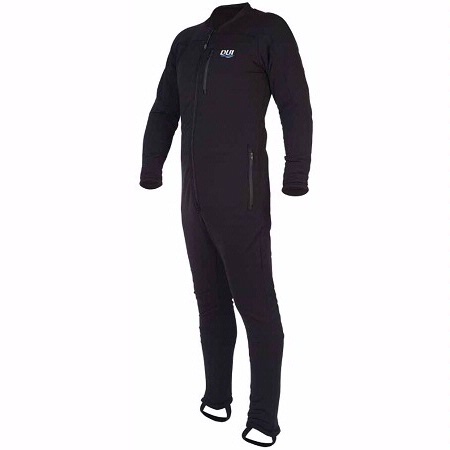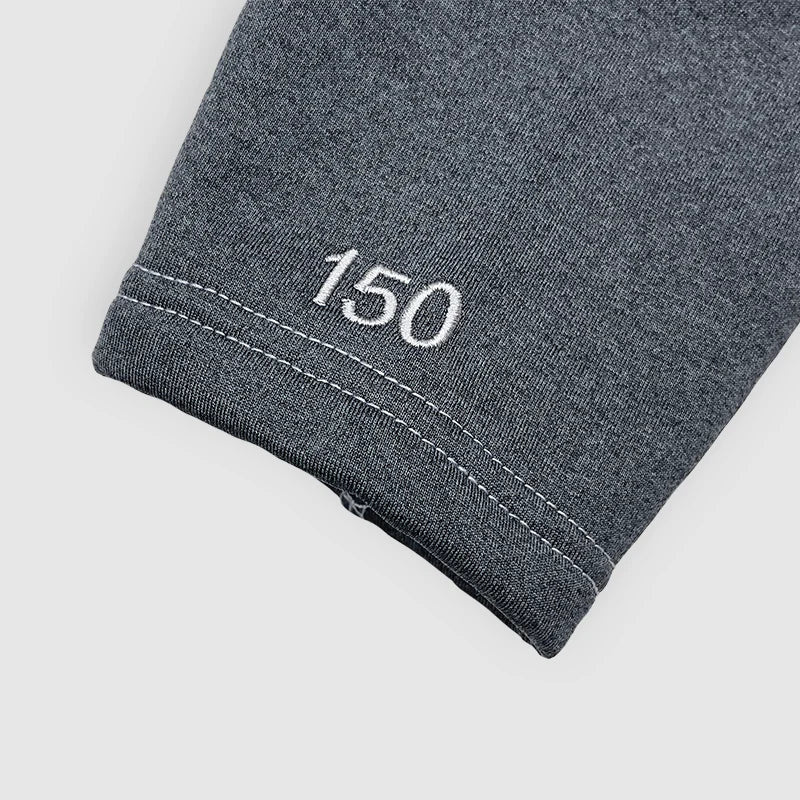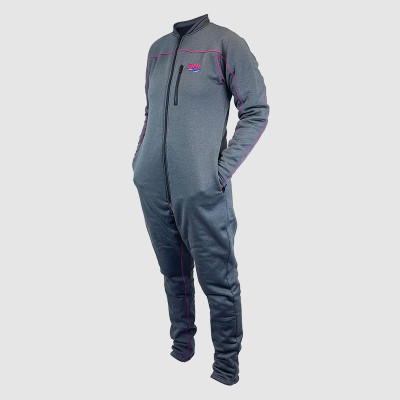Exploring the Depths: A Comprehensive Guide to DUI DuoTherm 2 Jumpsuit
Posted by Dive Pro: William Taylor on on Nov 6th 2024
Scuba diving is an adventure that transcends the ordinary, inviting enthusiasts into an aquatic realm where the chill of the water can be just as memorable as the beauty beneath the waves. For divers committed to comfort and performance, the choice of thermal protection is paramount. Diving Unlimited International (DUI) has long been a leader in creating gear that not only withstands the pressures of the deep but also keeps divers warm and comfortable. Among their offerings, the DUI DuoTherm 2 jumpsuit stands out for its versatility, available in different thicknesses to cater to a wide range of diving conditions. Here, we delve into the specifics of this undergarment, exploring its different thicknesses and what each offers to the modern diver.

- Material: The jumpsuit is constructed from all-way stretch fleece, providing flexibility and comfort. This material is not only soft against the skin but also retains heat well, crucial for thermal protection.
- Technology: The DuoTherm 2 uses Active Wicking Technology (AWT). This means it repels water from the outside while wicking moisture away from the body on the inside, helping to keep the diver dry and warm.
- Design: The jumpsuit design is sleek, offering a one-piece solution that simplifies gearing up and reduces the risk of water ingress through layering gaps.
Thicknesses of the DUI DuoTherm 2 Jumpsuit DUI offers the DuoTherm 2 jumpsuit in various thicknesses, each designed for specific water temperatures:
DuoTherm 2 Jumpsuit 150

- Primary Use: Ideal for warm water diving (65°F and above) or as a base layer in colder conditions.
- Features:
- Lightweight: At 150g/m², it's designed for comfort with minimal bulk.
- Breathability: Enhanced by the AWT, making it suitable for tropical dives where overheating can be an issue.
- Versatility: Can be layered under another undergarment for colder conditions or used alone in warmer waters.
- Pros:
- Lightweight and easy to pack for travel.
- Excellent for divers who often switch between different water temperatures.
- Offers a snug fit that can be worn under drysuits without adding excessive bulk.
- Cons:
- Insufficient alone in very cold water without additional layers.
- Might be too warm for extremely hot conditions or during surface intervals in the sun.
DuoTherm 2 Jumpsuit 250
- Primary Use: Suitable for water temperatures from 50°F to 65°F.
- Features:
- Mid-weight: At 250g/m², it provides a balance between warmth and flexibility.
- Comfort: The thicker material offers more insulation while maintaining the stretch of the fleece.
- Pros:
- Versatile for a broad range of temperatures, making it a go-to for divers in temperate waters or during changing seasons.
- The added thickness provides better insulation without sacrificing mobility.
- Cons:
- May still require additional layering in extremely cold water conditions.
- Slightly bulkier, which might affect the fit under some drysuits.
DuoTherm 2 Jumpsuit 400
- Primary Use: Designed for cold water diving below 45°F.
- Features:
- Heavy-duty: With a thickness of 400g/m², it's the warmest option in the DuoTherm 2 lineup.
- Insulation: Provides substantial warmth, crucial for arctic and deep dives.
- Pros:
- Excellent thermal protection for cold environments.
- Reduces the need for multiple layers, simplifying the dive preparation.
- Cons:
- Bulkier, potentially less comfortable under restrictive drysuits.
- Less breathable than lighter versions, which can lead to overheating in warmer conditions.

Comparing the Thicknesses When choosing the right thickness of the DuoTherm 2 jumpsuit, consider:
- Water Temperature: The primary factor. Always align the thickness with the coldest expected water temperature.
- Dive Activity: If you're planning on long dives or dives with significant depth changes, consider the insulation needs at depth where temperatures drop.
- Personal Comfort: Some divers feel colder or warmer than others. Personal comfort plays a significant role.
- Layering Potential: Thinner suits allow for more layering options, whereas thicker ones might limit the need for additional garments.
Maintenance and Care Regardless of thickness, maintaining your DuoTherm 2 jumpsuit involves:
- Washing: Use mild detergent to preserve the fleece's properties. Avoid fabric softeners as they can reduce the wicking efficiency.
- Drying: Air drying is best; tumble drying on low heat can be used sparingly.
- Storage: Store away from direct sunlight in a cool, dry place to prevent material degradation.
Conclusion The DUI DuoTherm 2 undergarment jumpsuit offers divers a tailored approach to thermal protection. Whether you're plunging into the icy depths or exploring the warm shallows, there's a thickness suited to your needs. The choice between 150, 250, or 400 depends on your diving environment, personal comfort, and the type of dives you undertake. Each thickness brings its unique benefits to the table, ensuring that no matter where or how you dive, your focus remains on the underwater world, not on battling the cold. By understanding these options, divers can equip themselves with confidence, knowing they have the right gear for whatever adventure lies beneath the surface.

